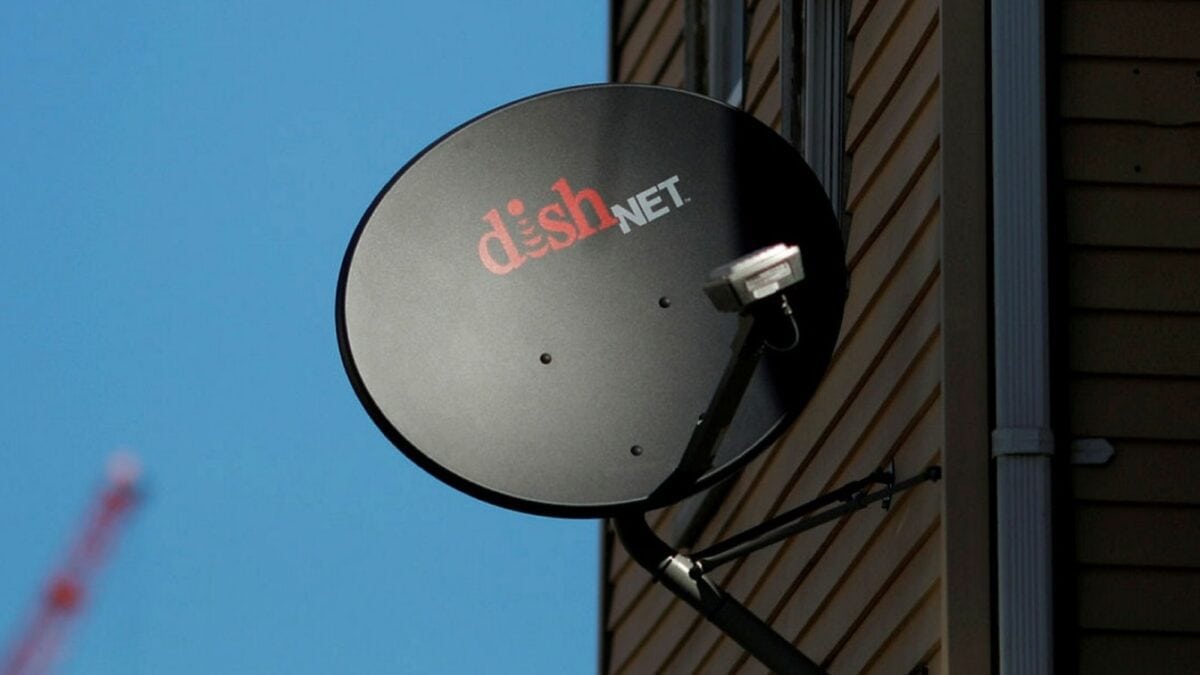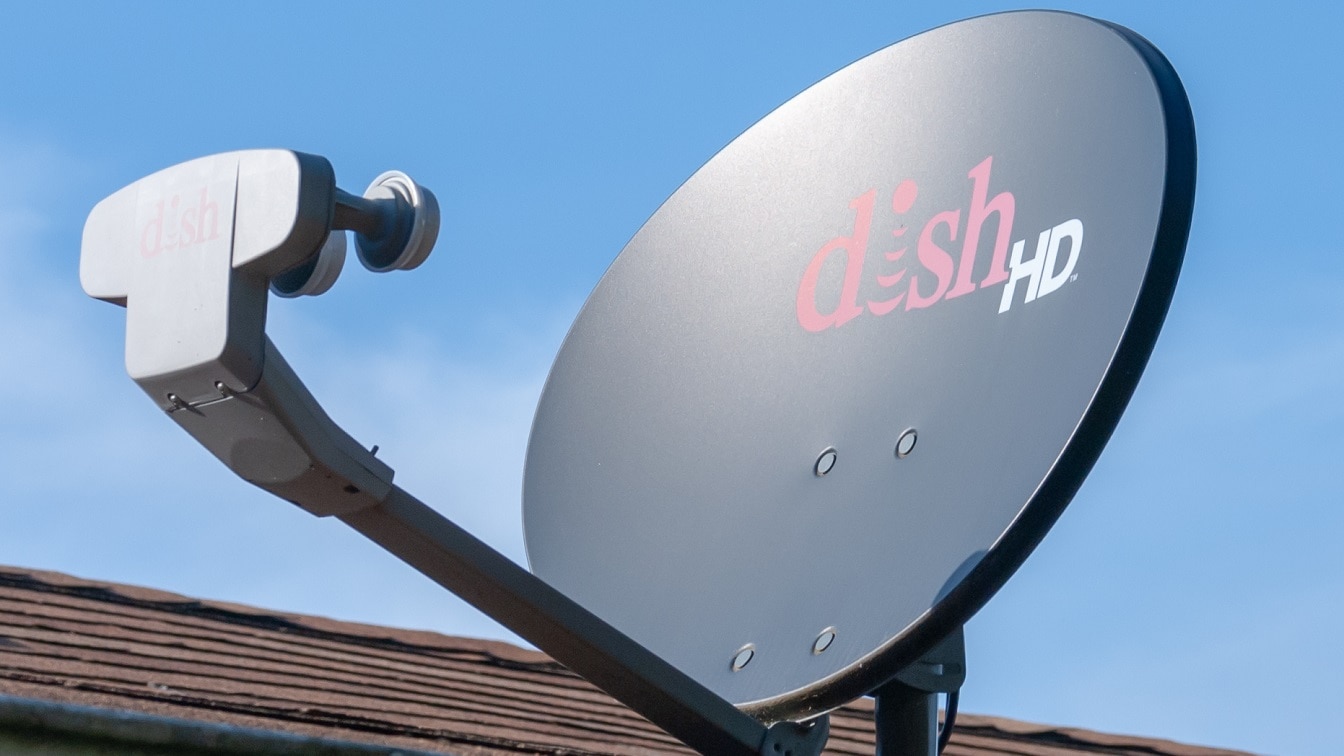Pay-TV subscribers apparently are quite satisfied with Dish Network. For the fifth year in a row, the satellite service has been named number one in Customer Satisfaction among Cable/Satellite TV Service Providers Nationally, in the J.D. Power 2022 U.S. Television Service Provider Satisfaction Study.
“Since our start, Dish has been home to bold ideas, high-quality services and a commitment to our customers,” said Erik Carlson, president and chief executive officer at Dish Network. “Having our customers rate us #1 in customer satisfaction for five years in a row is a testament to our team’s dedication to customer care, and our exceptional products and services. I want to thank our customers for their vote of confidence and also our team members for their hard work and drive for excellence.”
Moreover, Dish Network has earned more J.D. Power customer satisfaction awards than any other cable/satellite TV service brand nationally. In addition to earning the top spot in “Customer Satisfaction,” Dish was also ranked number one in six study factors, including “Performance and Reliability,” “Features and Functionality,” “Customer Care,” “Cost of Service,” “Billing and Payment” and “Communications and Promotions,” among nationally ranked brands.
“Customer satisfaction is an important indication of how well a business runs,” said Brian Neylon, executive vice president and group president at Dish TV. “We believe winning this award means that Dish is focused on the right things, and our customers notice. We pride ourselves on our service, technology and value, and we keep our customers as a top priority.”
With a score of 720, Dish was found to be higher in customer satisfaction than Xfinity, which ranked second at 706, and DirecTV’s third ranking of 699.
“Delivering video to myriad devices both in-home and mobile is actually pretty difficult and yet the service providers in cable, satellite and streaming all make it look easy, creating ever higher customer expectations,” Ian Greenblatt, managing director at J.D. Power, told the trade magazine TV Technology.
But Can It Survive?
Despite the satisfaction from its customers, Dish Network is still losing subscribers at a steady rate. Likewise, any hope of a merger between Dish and arch-rival DirecTV seems almost unlikely to happen – at least for the foreseeable future.
The question becomes how Dish can hold on to its current customers in the era of cord-cutters and cord-nevers, which has only tripled in recent years.
Dish Network, and for that matter DirecTV, needs to pivot, and adapt its business model, suggested technology analyst Rob Enderle of the Enderle Group, in an interview with 19FortyFive.
“Their problem is that data transport is more valuable and can encompass media transport, while media transport doesn’t have that same breadth,” Enderle told 19FortyFive. ” Dish should have become Starlink, but they didn’t stay focused on the older cable TV model. They should be looking at what comes next concerning satellite data delivery and jumping ahead of Starlink to anticipate the next wave – likely low earth orbit 5G, which Starlink is already exploring.”
Dish’s technology has somewhat forced it into a corner.
“They are paying the price for not grasping that data delivery was the market they were in and expanding their technology to lead with that, but they didn’t, and thus are becoming obsolete as Starlink moves around to address the need they missed. In some ways, they are repeating the Blockbuster/Netflix mistake,” Enderle continued. “Still, with far greater warning, given terrestrial cable services moved to encompass data aggressively decades ago, so they had far better warning than Blockbuster did, including watching the Blockbuster failure.”
And as noted, Dish Network isn’t alone in these problems in the pay-TV business.
“This showcases a recurring mistake, focusing too much on the present and not bothering to look at trends to anticipate the future,” noted Enderle. “AT&T should have seen this coming, but like their older self, they too missed the trends that would have assured their future, and Dish, instead of riding that future wave, appears to be buried by it.”

Dish Network Dish. Image Credit: Creative Commons.
A Senior Editor for 1945, Peter Suciu is a Michigan-based writer who has contributed to more than four dozen magazines, newspapers, and websites with over 3,000 published pieces over a twenty-year career in journalism. Peter is also a Contributing Writer for Forbes. You can follow him on Twitter: @PeterSuciu.

